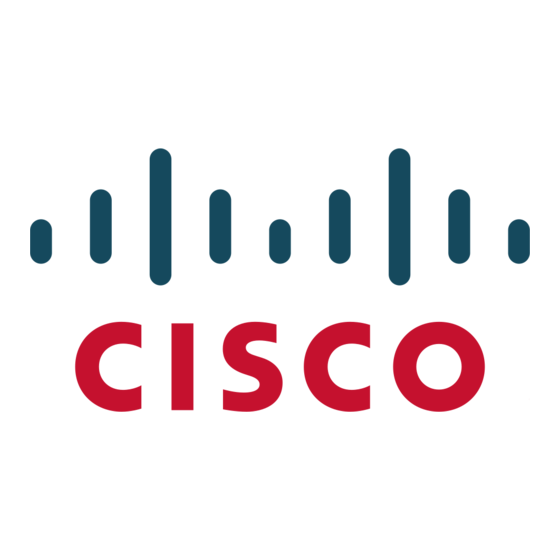Cisco Quick Set C20 Manuel de démarrage - Page 34
Parcourez en ligne ou téléchargez le pdf Manuel de démarrage pour {nom_de_la_catégorie} Cisco Quick Set C20. Cisco Quick Set C20 35 pages. Tc7.3, english, december 2015
Également pour Cisco Quick Set C20 : Manuel de démarrage (41 pages), Manuel de l'utilisateur (44 pages), Manuel de démarrage (42 pages), Manuel de référence rapide (2 pages), Manuel de référence rapide (2 pages), Manuel de l'utilisateur (25 pages), Manuel de dépannage (37 pages), Fiche d'installation (2 pages), Manuel de référence rapide (2 pages), Manuel de référence rapide (2 pages), Manuel de démarrage (32 pages), Manuel de l'utilisateur (48 pages), Manuel de démarrage (42 pages), Manuel de démarrage (46 pages)

